When you’re planning a trip, one of the first questions is how far you can sail in a day, so you can figure out where you might want to stop. Anytime you’re doing a single-day trip or even a series of single-day trips, you’ll have to make these calculations.
Traveling in a car, you typically know what the speed limit is, how often you stop and for how long, and whether you’re going to be going through any places that are likely to slow you down.
It’s similar when traveling on a boat.
Factors to Consider
What is your typical speed in flat water, no current?
Check the current tables to see when current will be with or against you, and how much.
Will wind and waves slow you down or give you a boost?
Are there any opening bridges or locks? A bridge that opens on request may slow you down only 10-15 minutes, but one that opens only once an hour can add an hour to the day’s run if you hit it at the wrong time. For planning purposes, we figure that a lock will take an hour to get through.
What time are you likely to get underway? Not starting to pull the anchor up, but really underway at normal cruising speed.
What time do you want to drop the anchor or arrive at a marina? Remember to allow at least a half hour (and maybe an hour) after arrival for getting things set, checking into a marina if necessary, and tidying up the boat.
Do you need to make a stop for fuel, water, or a pump out along the way? If so, or if you’ll be doing these on the way into or out of a marina, add in the appropriate amount of time.
When is sunrise and sunset? Is it safe to travel outside those hours? If we have to travel in the dark, we generally prefer to leave a place in the dark, using our tracks from going in, rather than arrive at a new-to-us place after dark.
Any likely weather delays due to squalls or fog?
Any congested places where traffic may slow us down?
Long Days Take More Effort
The first two times we cruised the ICW – both on friends’ boats – Dave and I were surprised at what it took to do 50 miles in a day. Adverse current, opening bridges, and fuel stops all slowed us down more than it had ever occurred to us would be the case.
On the first trip, in particular, I found myself exhausted. We were getting up before sunrise so we could get underway as soon as it was light enough to see the channel markers. We were ending the day at dusk, then fueling the boat up and washing her down. Then a quick dinner and into bed. The next day, the same thing. And again, and again. Trying to get the absolute maximum miles each day, one after another.
The answer was simply to slow down. Accept 35-to-40-mile days (or even less!), along with some non-travel days. Ahhh.
Our last trip on the ICW, we even did a lot of 20-mile days – and had a great time. Sure, we did some long 50-milers, too. But with full knowledge of what they’d be like and not stacking one on top of each other.
How Far Can You Sail in a Day? It Depends
Bottom line: how far you’ll make in a day depends on a host of factors. If you’re new to cruising or are cruising in a new area, it can be really hard to figure where you’ll be at the end of the day. Even with more experience, we always plan several back-up spots, both shorter and longer.
If you’re planning to stay in a marina, of course, it can be tough as most now require a reservation. In that case, I’d opt for one that’s a little closer than where you think you’ll get if everything goes perfectly.
Yes, part of cruising is to go various places. But another part is to enjoy the process of getting there: “the journey is the destination.”
And don’t forget–part of answering how far can you sail in a day is having good information. Check out our cruising guides! They all have the features you need to easily plan your days: finding the right anchorage for the expected wind direction (and how good the dog-walking is), where the gas, fuel, water, laundry and propane stops are, bridge info, boat yards with the max beam they handle, and more. Printed on ultra-durable waterproof paper or get a PDF if you need a get-it-immediately, no shipping required option. See them here.

Quickly find anchorages, services, bridges, and more with our topic-focused, easy-to-use waterproof guides. Covering the ICW, Bahamas, Florida, and Chesapeake.
Explore All Guides

Carolyn Shearlock has lived aboard full-time for 17 years, splitting her time between a Tayana 37 monohull and a Gemini 105 catamaran. She’s cruised over 14,000 miles, from Pacific Mexico and Central America to Florida and the Bahamas, gaining firsthand experience with the joys and challenges of life on the water.
Through The Boat Galley, Carolyn has helped thousands of people explore, prepare for, and enjoy life afloat. She shares her expertise as an instructor at Cruisers University, in leading boating publications, and through her bestselling book, The Boat Galley Cookbook. She is passionate about helping others embark on their liveaboard journey—making life on the water simpler, safer, and more enjoyable.



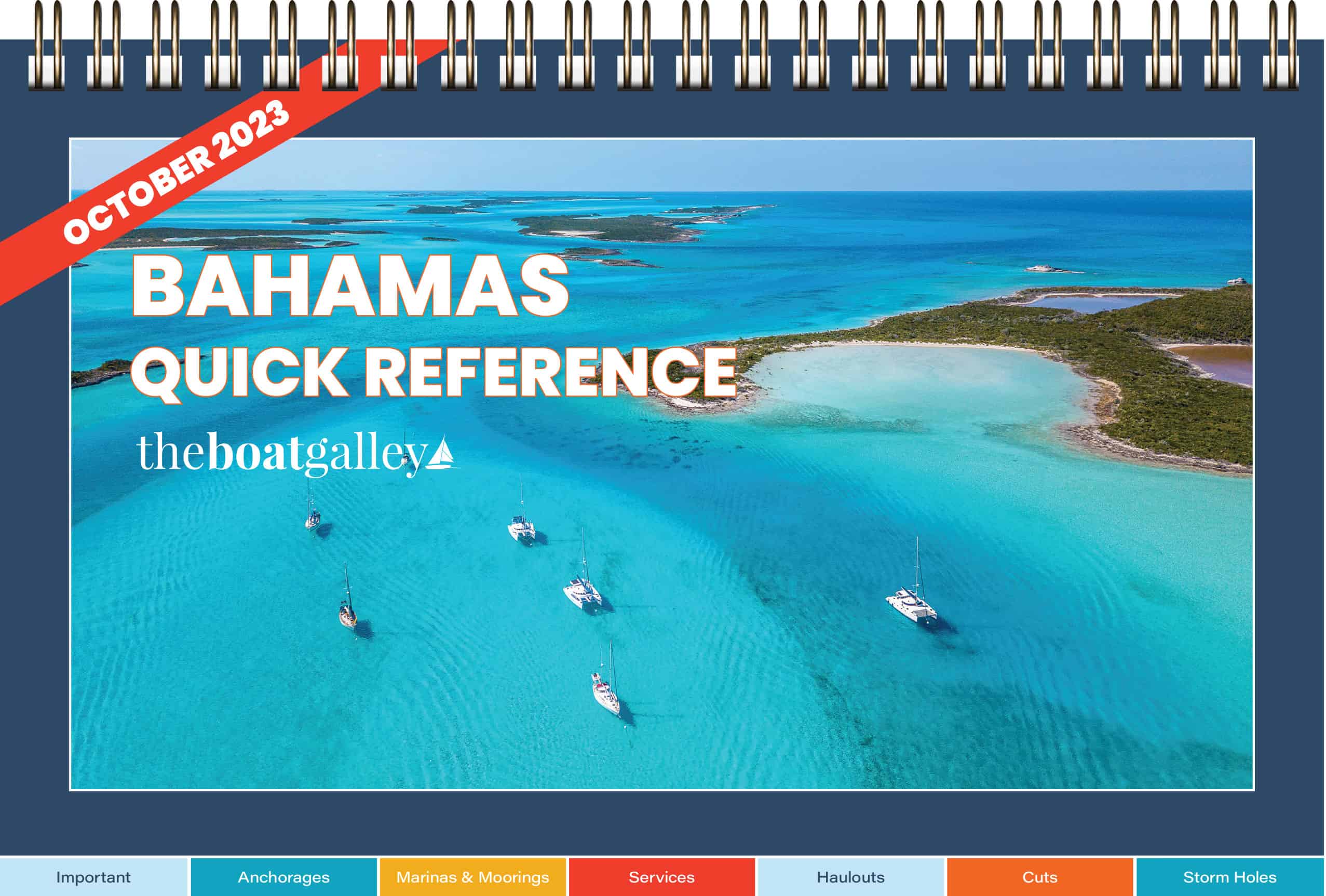
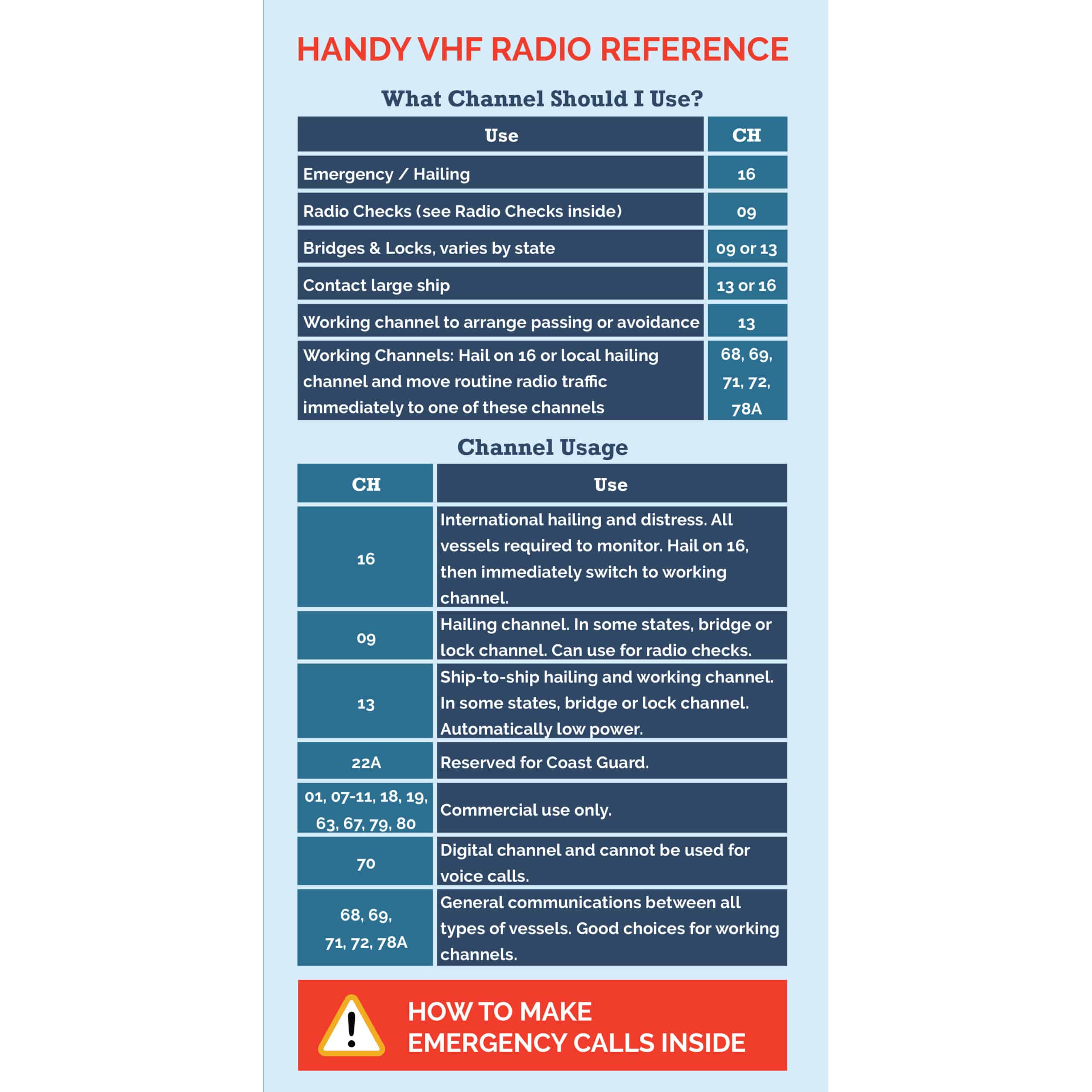
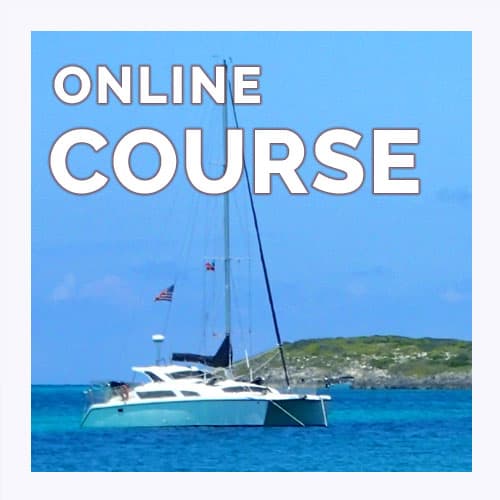


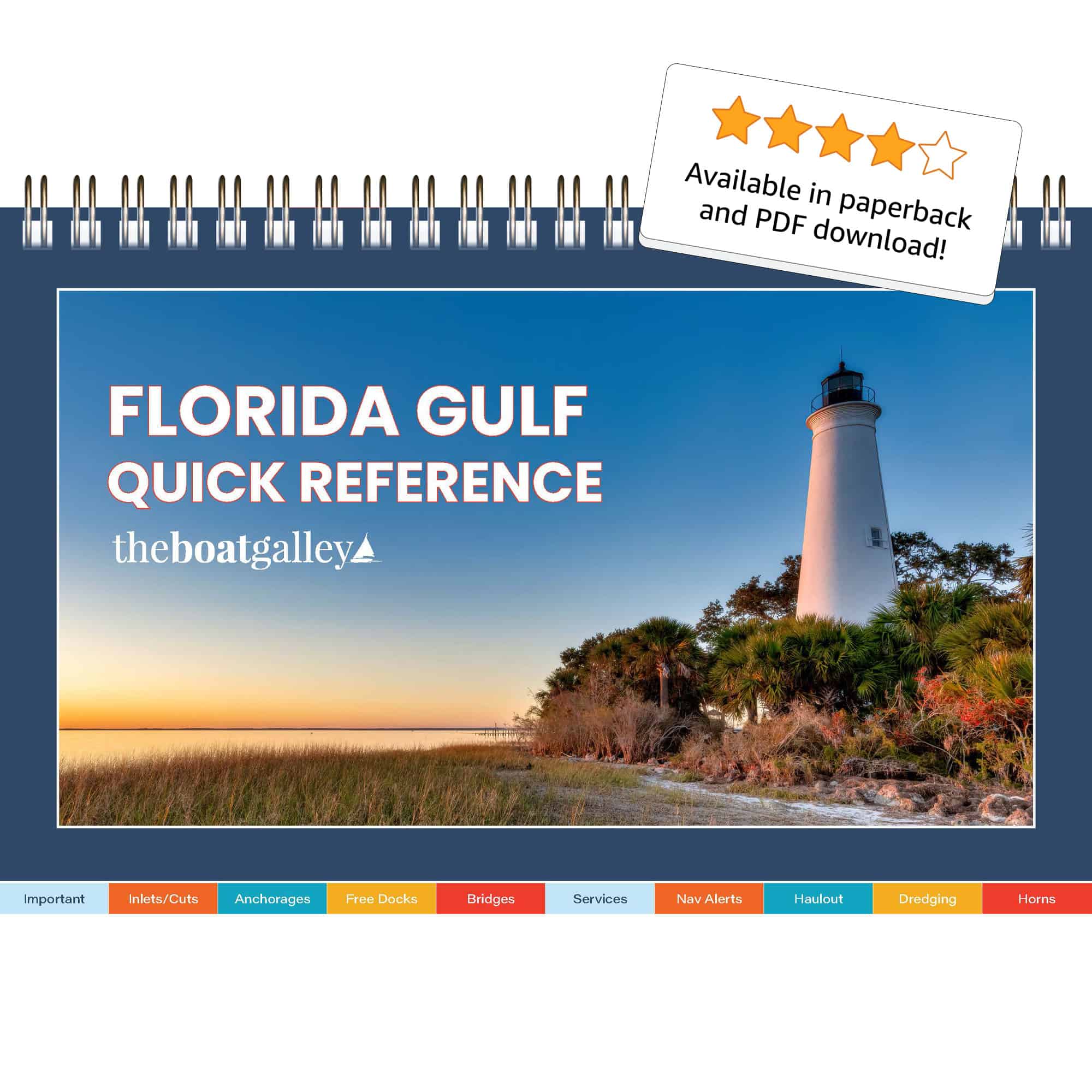
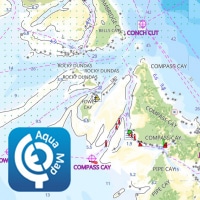
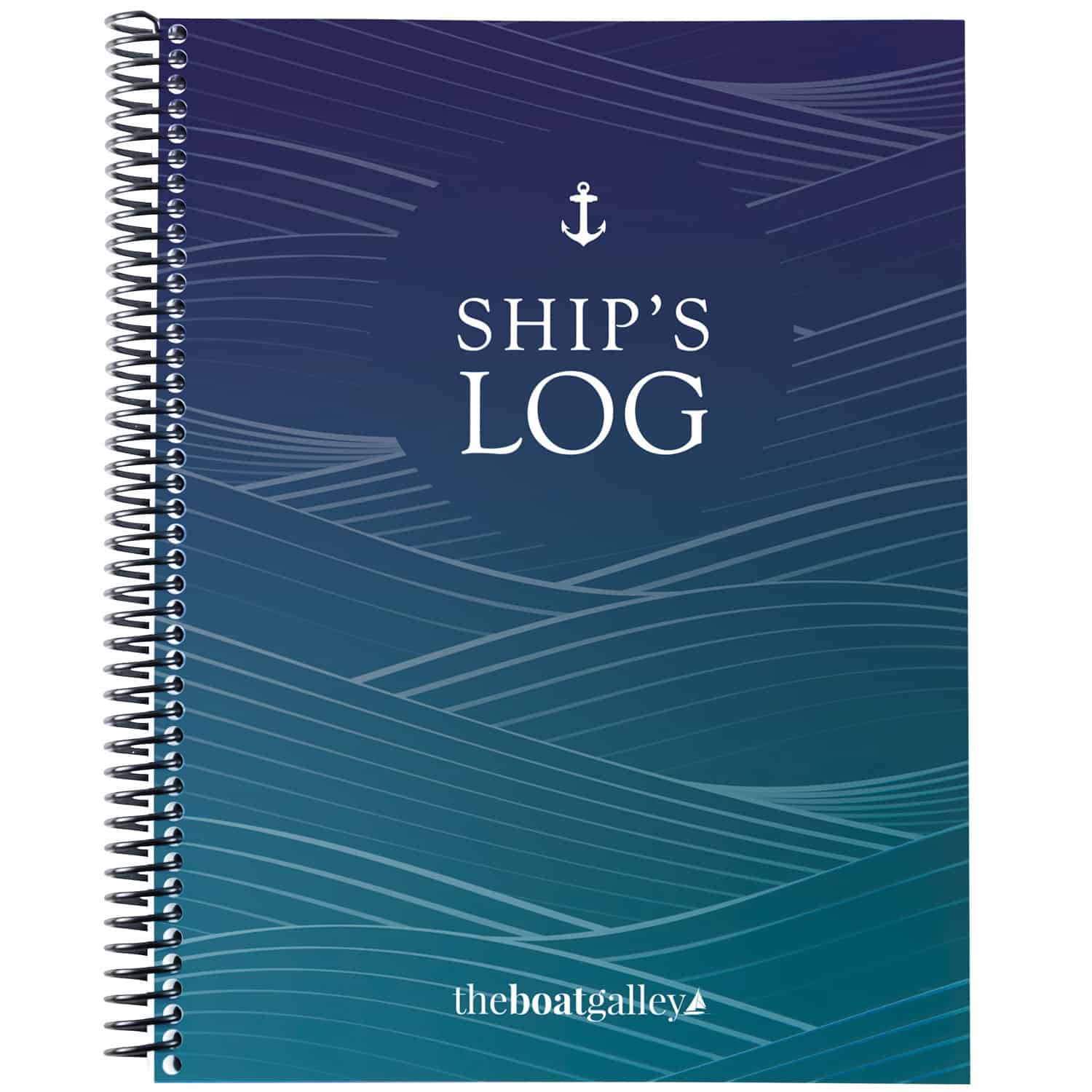
Leave a Reply